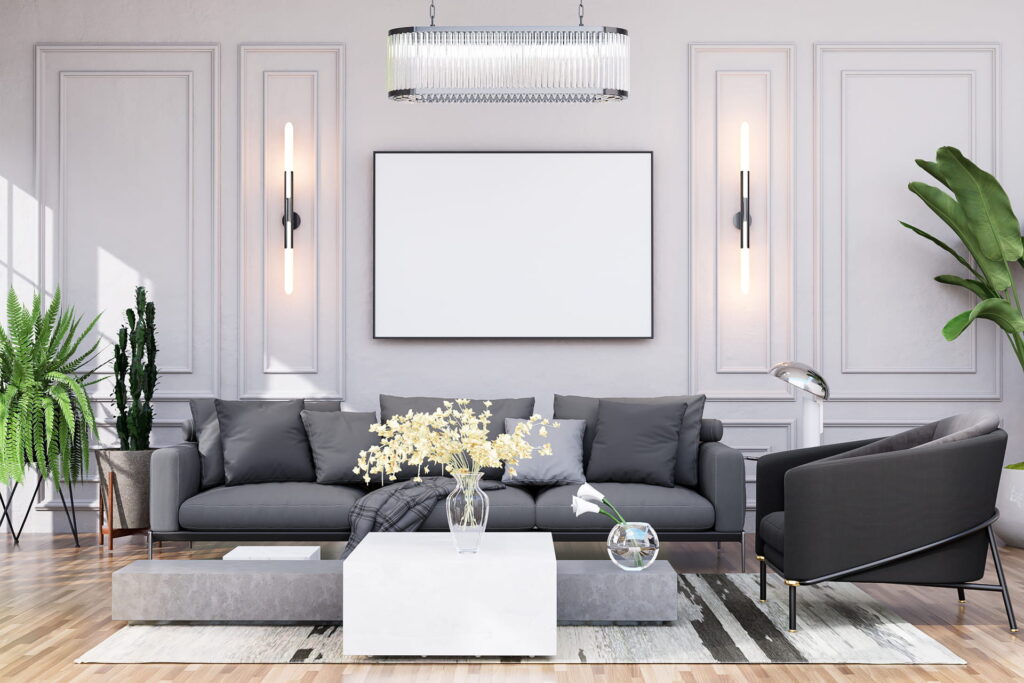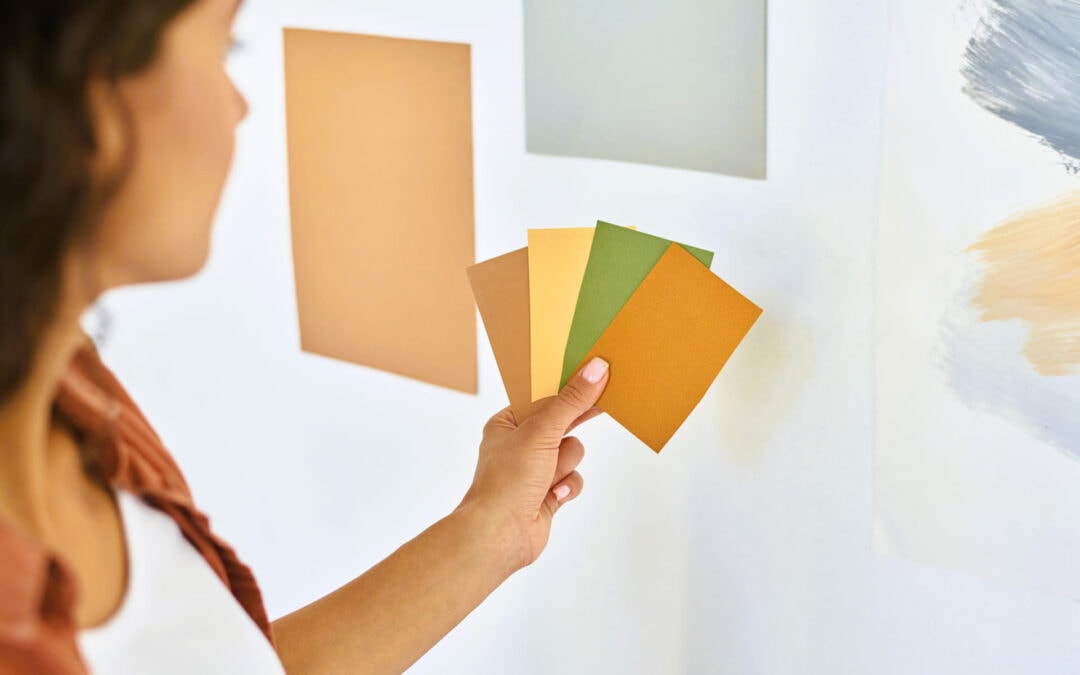Color doesn’t exist in isolation. Its appearance shifts constantly depending on the type and direction of light hitting it, which makes lighting one of the most underestimated elements in residential painting. Homeowners often fall in love with a color in-store, only to find it looks entirely different once applied to their walls. This is where a painting company with experience can prevent costly mistakes by helping people understand how lighting plays a role in paint selection.
Lighting and Residential Paint Decisions
Working with a painting company means understanding how real homes behave in real lighting conditions. Take, for example, a kitchen project where the client wanted a clean, crisp white. Under warm pendant lighting, the shade they chose turned yellowish by nightfall. The team knew this would happen, but the homeowner needed to see it with their own eyes. This kind of visual mismatch happens often.
- Natural light shifts from cool (morning) to warm (afternoon)
- South-facing rooms receive more consistent brightness than north-facing ones
- Artificial lighting can dramatically distort undertones in neutral paint shades
Natural Daylight and Paint Appearance
Sunlight has no single identity. Depending on time of day, it might wash out colors or deepen them. In rooms flooded with daylight, paint can appear cooler or more muted. A professional painting company will often use larger sample boards and move them around to simulate these effects. They know it’s never just about the paint, it’s about the paint at 10 a.m., or after 4 p.m.
- Cool light from north-facing windows enhances blues and grays
- Warm light from west-facing windows adds golden tones to walls
- Dappled light from trees or obstructions can create unwanted shadows
Bulbs Change Everything Indoors
People trust lightbulbs to simply light a room, but bulbs do more than that. They tint color, influence mood, and even shift the appearance of whites into green, purple, or beige territory. A painting company that’s done thousands of interiors will always ask about the bulbs in a room before settling on a color. It’s not nitpicking. It’s smart planning.
- Incandescent bulbs warm up colors, adding orange or yellow casts
- Cool white LEDs make paint appear more sterile or bluish
- CFLs can create unpredictable hues depending on brand and wattage

Lighting Varies by Room Function
Each space inside a house carries its own rhythm of light and shadow. A hallway might feel dim all day long, while a sunroom bathes in brightness from multiple directions. A good painting company understands that a paint color in a well-lit kitchen won’t behave the same in a shaded guest room. So the context matters—more than people think.
- Bedrooms tend to have soft, filtered light, often warmer in tone
- Kitchens mix task lighting and natural brightness, complicating color choices
- Bathrooms rely heavily on artificial lighting, making undertones more pronounced
Color Samples That Actually Work
Tiny paint chips from hardware stores aren’t enough. They lie. Or at least they don’t tell the full story. Any experienced painting company knows that a true sample needs to be larger than a postcard and tested in different corners of the room, across multiple times of day. Sampling is not just testing color; it’s simulating reality.
- Use large sample boards (minimum 12×12 inches)
- Test paint next to trim and ceilings for contrast effects
- View samples in both natural and artificial lighting cycles
Avoiding Lighting-Related Color Mistakes
The most common regret after painting a room? “It didn’t look like this in the store.” And that’s almost always about lighting. Professionals understand how paint behaves in real-world conditions, which is why they plan before anyone opens a can. A painting company that doesn’t ask about lighting isn’t doing the job right.
- Avoid glossy finishes in overly bright spaces to reduce glare
- Don’t choose colors in isolation; context changes everything
- Undertones can shift drastically depending on nearby surfaces
When It’s Time to Bring In a Painting Company
Trying to decode undertones, test lighting, and sample across multiple rooms can get overwhelming fast. That’s when hiring a painting company pays off. They bring experience, tools, and real-world insights. They’ve seen enough green-grays turn beige to know what works and what doesn’t. Their role isn’t just painting; it’s predicting the outcome of a thousand variables.
- They understand how to blend lighting plans with color choices
- They identify problematic combinations before paint hits the wall
- They test colors using your home’s exact lighting profile

Key Takeaways on Lighting and Paint from a Painting Company
Every color choice is affected by light, and what looks great on a paint swatch may shift dramatically once applied to a wall. Understanding how both natural and artificial light impacts paint is essential for avoiding color regrets. An experienced painting company can bridge the gap between color theory and real-world lighting to ensure the results match expectations.
- North-facing rooms bring out cool undertones in most paint colors
- Warm artificial lights can turn whites yellow or creams orange
- Sample size, placement, and time of day all impact how paint is perceived
- Room function and lighting sources must be considered before selecting a shade
- Professional painters account for lighting in every step of the process
Frequently Asked Questions
Why does my paint look different at night?
Because most artificial lighting doesn’t match daylight. Warm bulbs, for example, add yellow or orange tones to walls, which shift how colors appear after sunset.
Should I choose paint colors in the morning or afternoon?
It’s better to observe samples across the entire day. Color shifts throughout morning, midday, and evening. Don’t rely on a single snapshot in time.
Can a painting company help with choosing the right lighting too?
Some do. While their primary role is paint, many work alongside designers or electricians and may offer guidance on which lighting supports specific color outcomes.
Is there a type of paint that works well under all lighting?
No paint is universal. Some colors are more forgiving, like mid-tone neutrals, but every space will affect color differently based on light direction and temperature.
Do glossy paints make lighting issues worse?
They can. Glossy and semi-gloss finishes reflect more light, which can exaggerate color inconsistencies. Matte or eggshell finishes are typically more stable in tricky lighting.

